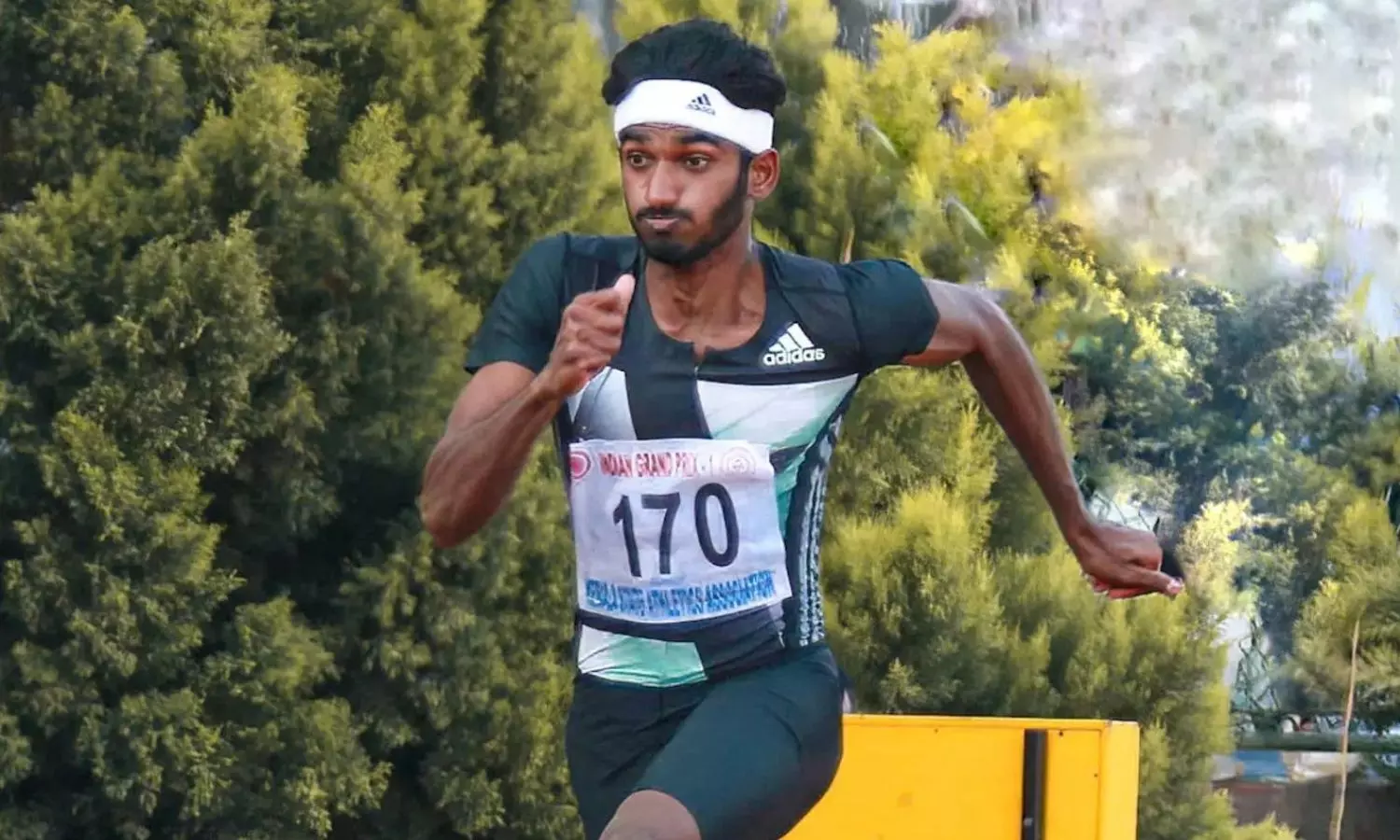Athletics
Wind Assistance: What is it and how does it impact an athlete's performance?
There has been considerable debate over the concept of wind assistance but athletes have gradually come to accept its presence and work around it

Jeswin Aldrin
The ongoing Federation Cup has seen some exemplary performances by Indian athletes with individuals such as Jeswin Aldrin and Murali Sreeshankar exceeding all expectations. However, there has been some dispute which has arisen regarding their performances owing to the assistance of the wind. For eg. Aldrin cleared 8.37m but the tailwind speed measured was + 4.1m/s, which was above the legal limit of + 2m/s. This led to him being denied the NR.
What is wind assistance?
Wind assistance is when an individual is helped in their performance by virtue of wind blowing in a particular direction they are competing in. Owing to the ever-present weather conditions in any athletics stadium, the world has come to accept that wind will always be present in any form during an athletics event. As a result, the deemed limit of wind assistance speed is 2 metres per second and this is regarded as valid across the world.
Where is wind assistance counted?
It is often only considered for events where athletes are headed in one direction. For eg. 100m, 200m long and triple jump all have athletes competing without changing their chartered course. But for 400m and 800m athletes are changing their direction constantly so wind assistance cannot be counted as it is neutralised due to a constant switch in direction.
Can athletes win medals despite wind assistance?
Yes, athletes can win events and medals even if there is excess wind assistance over 2m/s. However, they cannot be granted records or best times if they manage to break an existing record. This is so that there exists a uniformity in the event with the idea of promoting fair competition under limited wind speeds.
